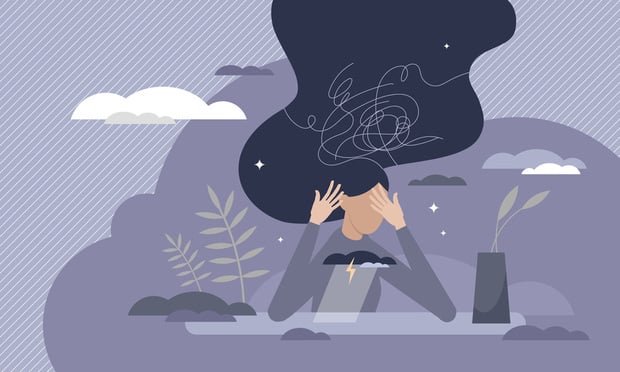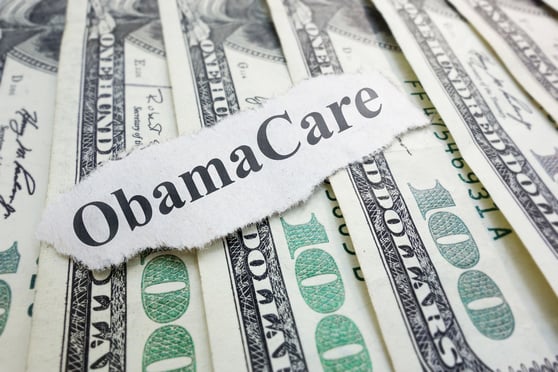Talk about a poisoned chalice. No matter who is elected to theWhite House in November, the next president will probably face arecession.
|The 83-month-old expansion is already the fourth-longest in morethan 150 years and starting to show some signs of aging ascorporate profits peak and wage pressures build. It also remainsvulnerable to a shock because growth has been so feeble, averagingjust about 2 percent since the last downturn ended in June2009.
|"If the next president is not going to have a recession, it willbe a U.S. record," said Gad Levanon, chief economist for NorthAmerica at the Conference Board in New York. "The longest expansionwe ever had was 10 years," beginning in 1991.
|Read: Hillary Clinton proposes public option forstates
|The history of cyclical fluctuations suggests that the "odds aresignificantly better than 50-50 that we will have a recessionwithin the next three years," according to former TreasurySecretary Lawrence Summers.
|Michael Feroli, chief U.S. economist for JPMorgan Chase &Co. in New York, puts the probability of a downturn during thattime frame at about two in three.
|The U.S. doesn’t look all that well-equipped to handle acontraction should one occur during the next president’s term,former Federal Reserve Vice Chairman Alan Blinder said. Monetarypolicy is stretched near its limit while fiscal policy is hamstrungby ideological battles.
|Previous decade
|This wouldn’t be the first time that a new president was forcedto tackle a contraction in gross domestic product. The nation wasin the midst of its deepest slump since the Great Depression whenBarack Obama took office on January 20, 2009. His predecessor,George W. Bush, started his tenure as president in 2001 with theeconomy about to be mired in a downturn as well, albeit a muchmilder one than greeted Obama.
|The biggest near-term threat comes from abroad. FormerInternational Monetary Fund official Desmond Lachman said aJune 23 vote by the U.K. to leave the European Union, asteeper-than-anticipated Chinese slowdown and a renewed recessionin Japan are among potential developments that could upendfinancial markets and the global economy in the coming months.
|"There’s a non-negligible risk that by the time the nextpresident takes office in January you would have the world in apretty bad place," said Lachman, who put the odds of that happeningat 30 percent to 40 percent.
|Investors also might get spooked if billionaire Donald Trumplooks likely to win the presidency, considering his staunchlyprotectionist stance on trade and a seemingly cavalier attitudetoward the nation’s debt, added Lachman, now a resident fellow atthe American Enterprise Institute in Washington.
|Election year jitters
|Uncertainty about the election’s outcome may already beinfecting the economy at the margin, with companies andconsumers in surveys increasingly citing it as a sourceof concern.
|"The views expressed by the various candidates have weigheddown" consumer confidence, said Richard Curtin, director of theUniversity of Michigan’s household survey, which saw sentiment slipfor a fourth straight month in April.
|With growth so slow -- it clocked in at a mere 0.5 percent on anannual basis in the first quarter -- it wouldn’t take that much totip the economy into a recession.
|"It’s like a bicycle that’s going too slowly. All it takes is alittle puff of wind to knock it over," said Nariman Behravesh,chief economist for consultants IHS Inc. in Lexington,Massachusetts.
|Read: Millennials, bernie, and the stockmarket
|The economy still has some things going for it, leadingBehravesh to conclude that the odds of a downturn over the nextcouple of years are at most 25 percent.
|"Recoveries don’t die of old age," he said. "They get killedoff. And the three killers that we’ve had in the past don’t seemterribly frightening right now."
|The murderers’ row consists of a steep rise in interest ratesengineered by the central bank, a sudden spike in oil prices andthe bursting of an asset-price bubble. This time around, Fed policymakers have signaled they’re going to raise rates slowly, the oilmarket is still awash in excess supply and house prices by somemeasures remain below their 2007 highs.
|"The expansion can continue for several more years," RobertGordon, a professor at Northwestern University in Evanston,Illinois, and a member of the committee of economists thatdetermines the timing of recessions, said in an e-mail.
|Balance sheets
|Consumers’ balance sheets are in much better shape than theywere prior to the last economic contraction. Household debt as ashare of disposable income stood at 105 percent in the fourthquarter, well below the 133 percent reached in the final threemonths of 2007.
|Businesses seem more vulnerable. Corporate profits plunged 11.5percent in the fourth quarter from the year-ago period, the biggestdrop since a 31 percent collapse at the end of 2008 during theheight of the financial crisis, according to data compiled by theCommerce Department.
|Read: So, where does Trump stand on healthcare?
|History shows that when earnings decline, the economy oftenfollows into a recession as profit-starved companies cut back onhiring and investment.
|"More and more employers are struggling with profits," Levanonsaid. "That is resulting in some belt tightening."
|While he doesn’t see that pushing the U.S. into a recession,Levanon expects monthly payroll growth to slow to 150,000 to180,000 over the balance of this year, compared to an average of229,000 in 2015.
|Though much of the weakness in earnings has been concentrated inthe energy industry, companies in general have been struggling withrising labor costs as the tightening jobs market puts upwardpressure on wages and worker productivity has lagged.
|Peter Hooper, chief economist for Deutsche Bank Securities inNew York, sees that leading to a possible recession a couple ofyears out as companies raise prices, inflation starts to accelerateand Fed policy makers have to jack up interest rates moreaggressively in response.
|"The slower they go in the near-term, the bigger the risk downthe road," he said of the Fed. "Looking out over the next fouryears, the chances of a two-quarter contraction are probably above50 percent."
|Copyright 2018 Bloomberg. All rightsreserved. This material may not be published, broadcast, rewritten,or redistributed.
Complete your profile to continue reading and get FREE access to BenefitsPRO, part of your ALM digital membership.
Your access to unlimited BenefitsPRO content isn’t changing.
Once you are an ALM digital member, you’ll receive:
- Critical BenefitsPRO information including cutting edge post-reform success strategies, access to educational webcasts and videos, resources from industry leaders, and informative Newsletters.
- Exclusive discounts on ALM, BenefitsPRO magazine and BenefitsPRO.com events
- Access to other award-winning ALM websites including ThinkAdvisor.com and Law.com
Already have an account? Sign In
© 2024 ALM Global, LLC, All Rights Reserved. Request academic re-use from www.copyright.com. All other uses, submit a request to [email protected]. For more information visit Asset & Logo Licensing.








